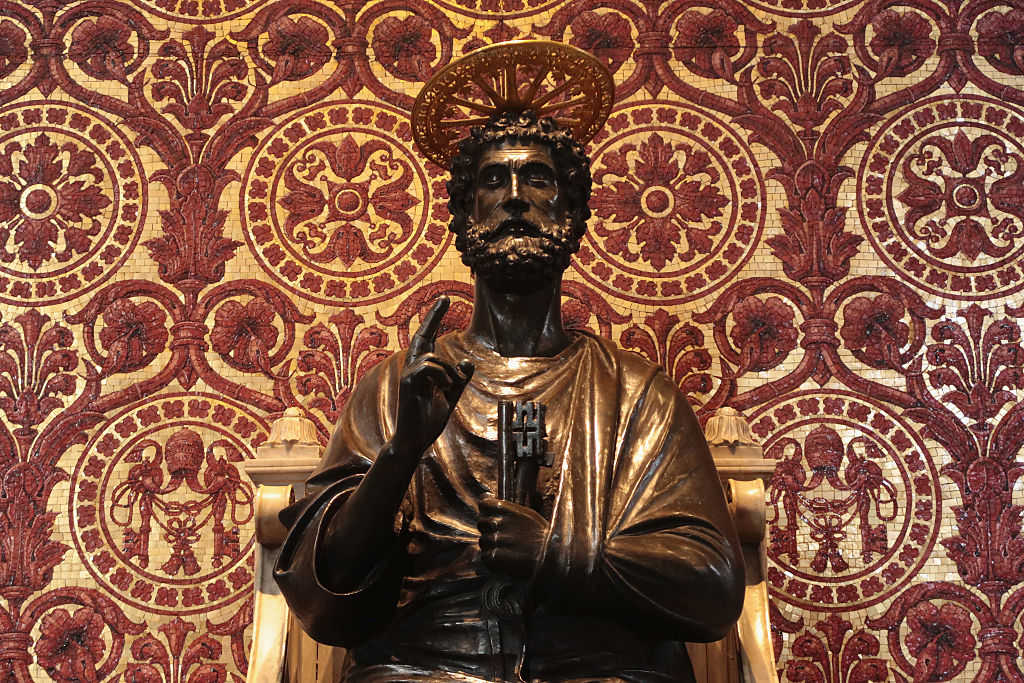A plethora of archeological finds have already confirmed biblical accounts and, as a result, have excited the faithful, but the situation surrounding human bones found at a 1,000-year-old church in Rome is quite different.
The bones, which were discovered on accident, weren’t part of any archeological quest. According to The Telegraph, the bones, which could belong to Peter, one of Jesus’ apostles, were found inside of clay pots “by chance” at the Church of Santa Maria in Cappella when a maintenance worker lifted up a marble slab near the church altar.
The building has been closed for more than three decades due to structural issues; the worker was reportedly performing routine maintenance when he stumbled upon the pots, the outlet reported.
After discovering the bones, he reportedly notified church deacon Massimiliano Floridi of the findings, which had long been believed to exist, but hadn’t been found — until now. The clay pots reportedly had inscriptions noting that they contained Peter’s bones as well as the bones from three early popes and four Christian martyrs.
“I’m not an archaeologist but I understood immediately that they were very old,” Floridi told Italian TV outlet Rai Uno. “Looking at them, I felt very emotional.”
The bones have been turned over to the Vatican for further analysis.
It should be noted that this isn’t the first time that Peter’s remains have been the subject of speculation. In fact, the Vatican already has long had bone fragments in its possession that some believe could potentially belong to Peter.
And, in 2013, Pope Francis unveiled those fragments to the public for the first time. It’s important to note that no pope has definitively said that the pieces of bone belong to Peter, though Pope Paul VI said in 1968 that the bones were “convincing.”
Unlike the latest bone discovery, the other set of fragments were found decades ago in 1942 during excavations of St. Peter’s Basilica. Additionally, a monument and casket attributed to Peter were found along with an engraving that read, “Peter is here” (or “Peter is within”), according to The Guardian.
CNN has more about the bone fragments that were found back in 1942:
Unfortunately, the fragments turned out to belong to several people. It took a couple decades before experts singled out a set of bones belonging to a man who had been 5ft 7in tall, of heavy build, and who was aged between 60 and 70 at the time of his death, all of which were consistent with traditional depictions of Peter.
Stains suggested the bones had been wrapped in a purplish, gold-threaded cloth, symbolizing a person of importance. Most intriguing, an inscription was found near the cavity that linguists reconstructed as Petros eni, which in ancient Greek could mean, “Peter is within.”
Perhaps the two sets of bones will be compared to one another using DNA technology. You can read more about that here.



